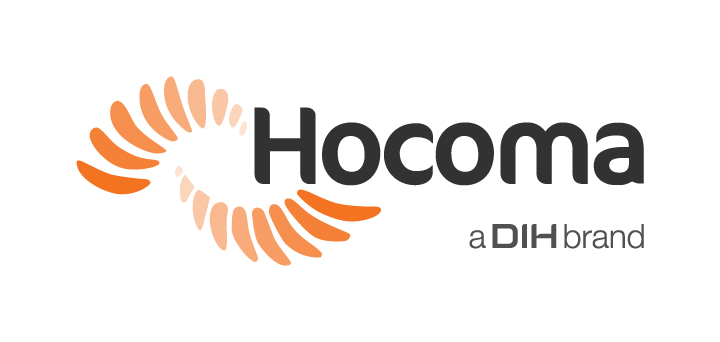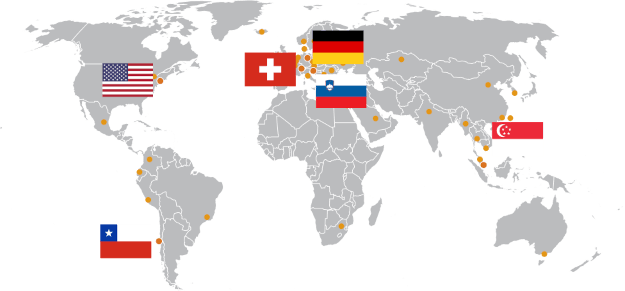November 15, 2023
Using the ArmeoSenso in daily clinical practice: Clinica Neurón Madrid, Spain
Using the ArmeoSenso in daily clinical practice
Clinica Neurón Madrid, Spain
Neurón
Neurón consists of four clinics in four different areas of Madrid (Spain) and one more clinic in Valencia (Spain). The Neurón Paseo de la Habana clinic is located in the north of Madrid and offers intensive therapy to patients with various neurological disorders such as traumatic brain injury and spinal cord injury. The therapy concept of Neurón consists of intensive neurorehabilitation therapy and robotics, which are combined in an evidence-based program tailormade for each patient.
Within Neurón therapists work with several rehabilitation devices dedicated to upper and lower limb rehabilitation, such as the C-Mill and ArmeoSenso. Furthermore, therapists make use of various machines to train muscle strength and perform electrical stimulation and surface electromyography.
Elena Urrea, occupational therapist at Neurón
Patient Group
Within Neurón the ArmeoSenso is used for patients with neurological impairments whereby one or both upper limbs are affected. The device is used for patients who already show some muscle activity that allows to initiate range of movement. For these patients the treatment focuses on improving motor control alterations, reduction of pain and/or upper limb strength. Thanks to the complement of the suspension, we can benefit from ArmeoSenso in limbs with moderate limitation, or for distal work in elbow pronation and wrist flexion-extension.
Introduction of the ArmeoSenso into therapy
Therapy programs are tailormade to the patient and include those technologies that are deemed fit according to the clinical reasoning of the therapist. Armeo Senso is combined with conventional therapy, as the treatment with the device allows to give intensity to the proposed session. In parallel, task-oriented work is essential.
The ArmeoSenso is introduced gradually into therapy sessions when the patients is able to initiate the range of movement needed, for example from a total score of 90 or above out of 126 points on the Fugl-Meyer Scale.
Patients train with the device in general 2 to 5 times per week, with a minimum session duration of 30 minutes. This average can increase up to 60 minutes per session during 5 days per week in patients that have a greater number of sessions dedicated to upper limb rehabilitation. In general, the weeks of use of the device varies around 4 weeks, after which the Fugl-Meyer Scale and Functional Independence Measure are re-evaluated. From the re-evaluations, the professional draws conclusions. The variation in treatment depends on the goals and treatment plan of each patient, with each patient’s treatment being individual and specialized to their needs.
Reasons to include the ArmeoSenso as part of the therapy
We therapists try to integrate the ArmeoSenso whenever it makes sense for each therapeutic plan, as it is a very complete work tool that provides us with variability in the treatment. Since, as evidence has shown, training with re-warding feedback improves motor learning. In this sense, it also allows us to add complexity to the sessions, as the hand module allows us to perform grips and releases within more complex movements. Furthermore, objective data can be extracted from the re-evaluations and grading of the exergames. And in addition, sensor placement and calibration is quick and easy.
In regard to safety, we note there are no risks of any kind when the activity is designed and graded in complexity for each person; for example, it allows you to select whether the exercises can be performed while seated or standing.


